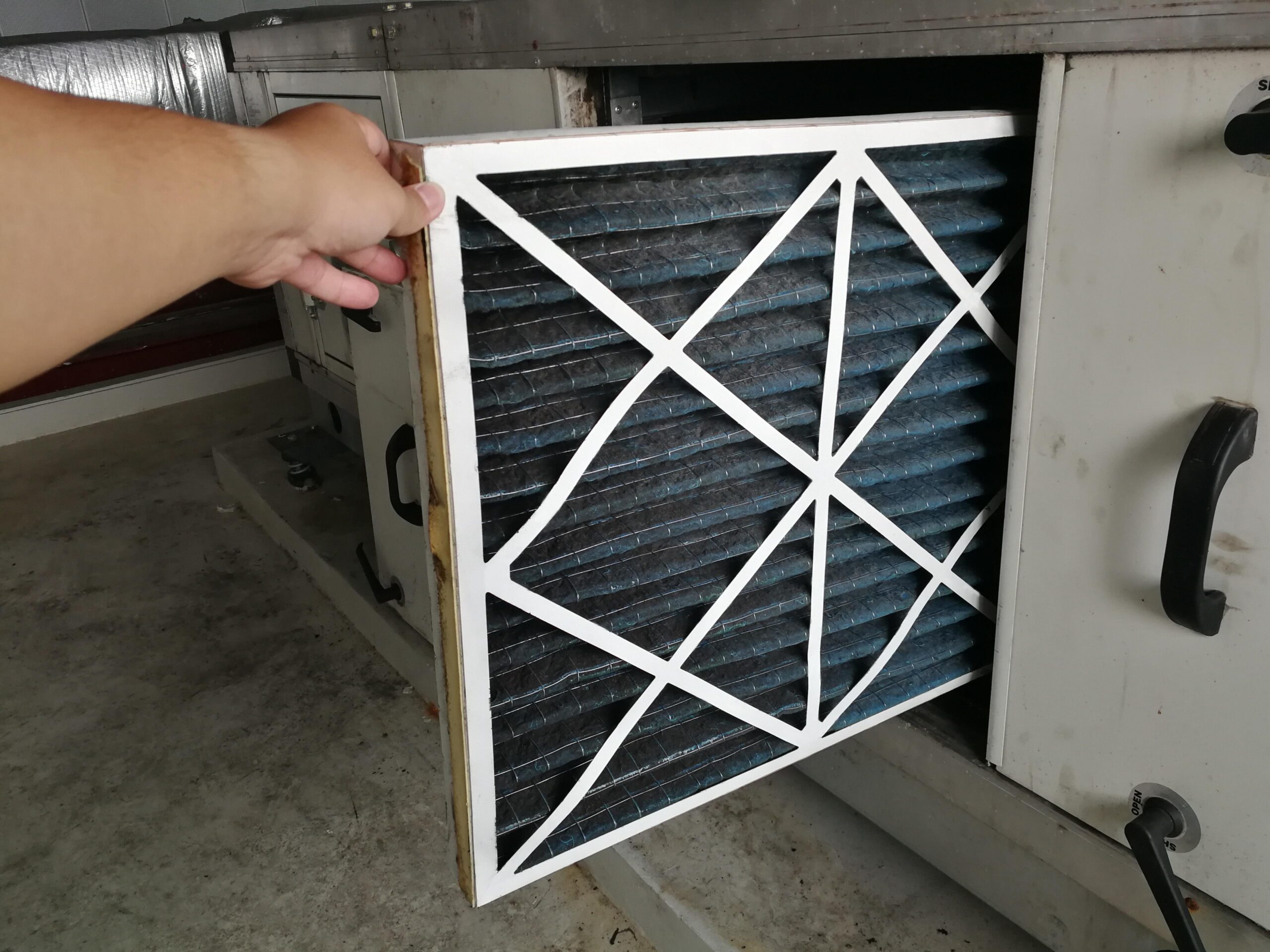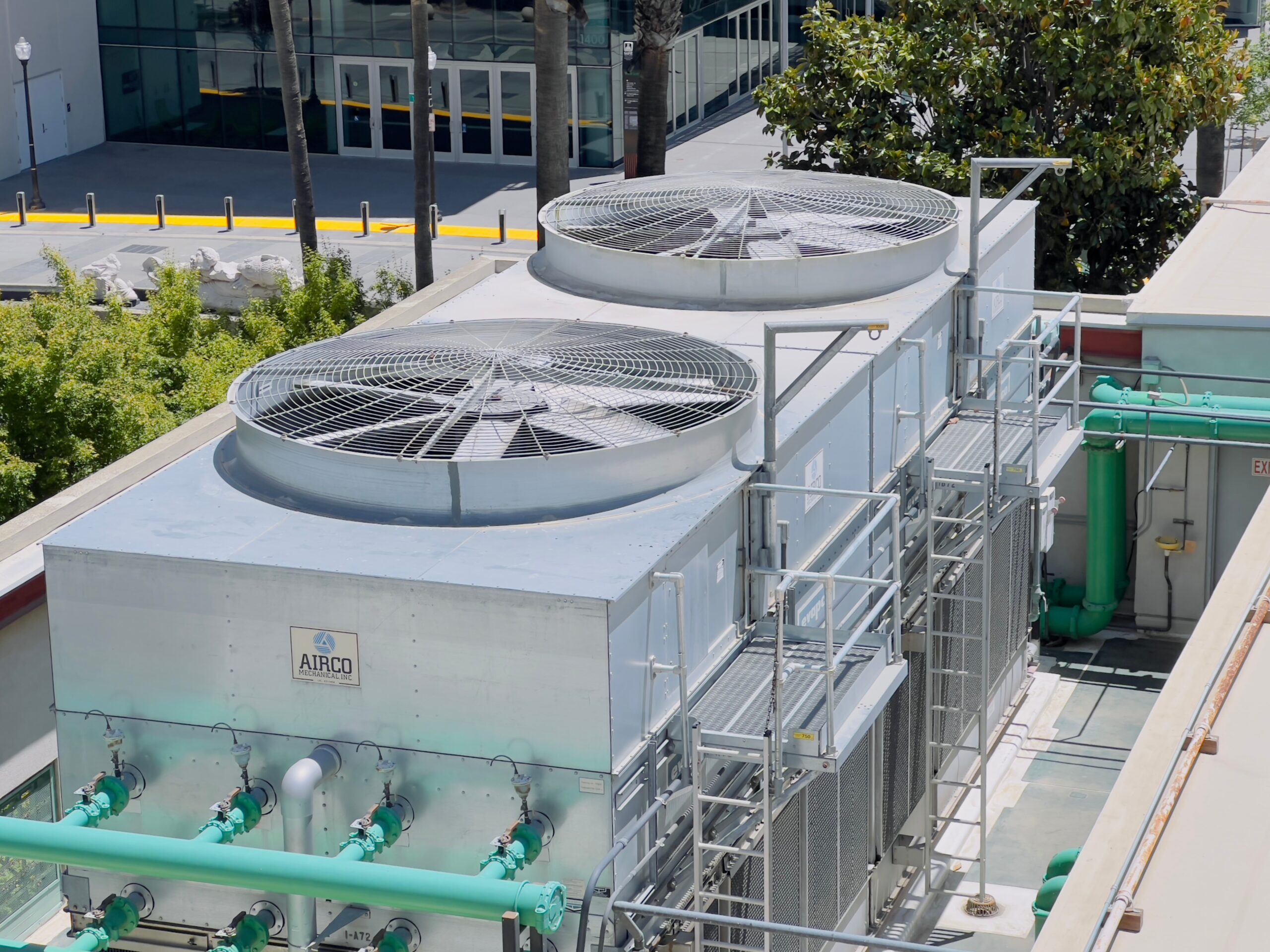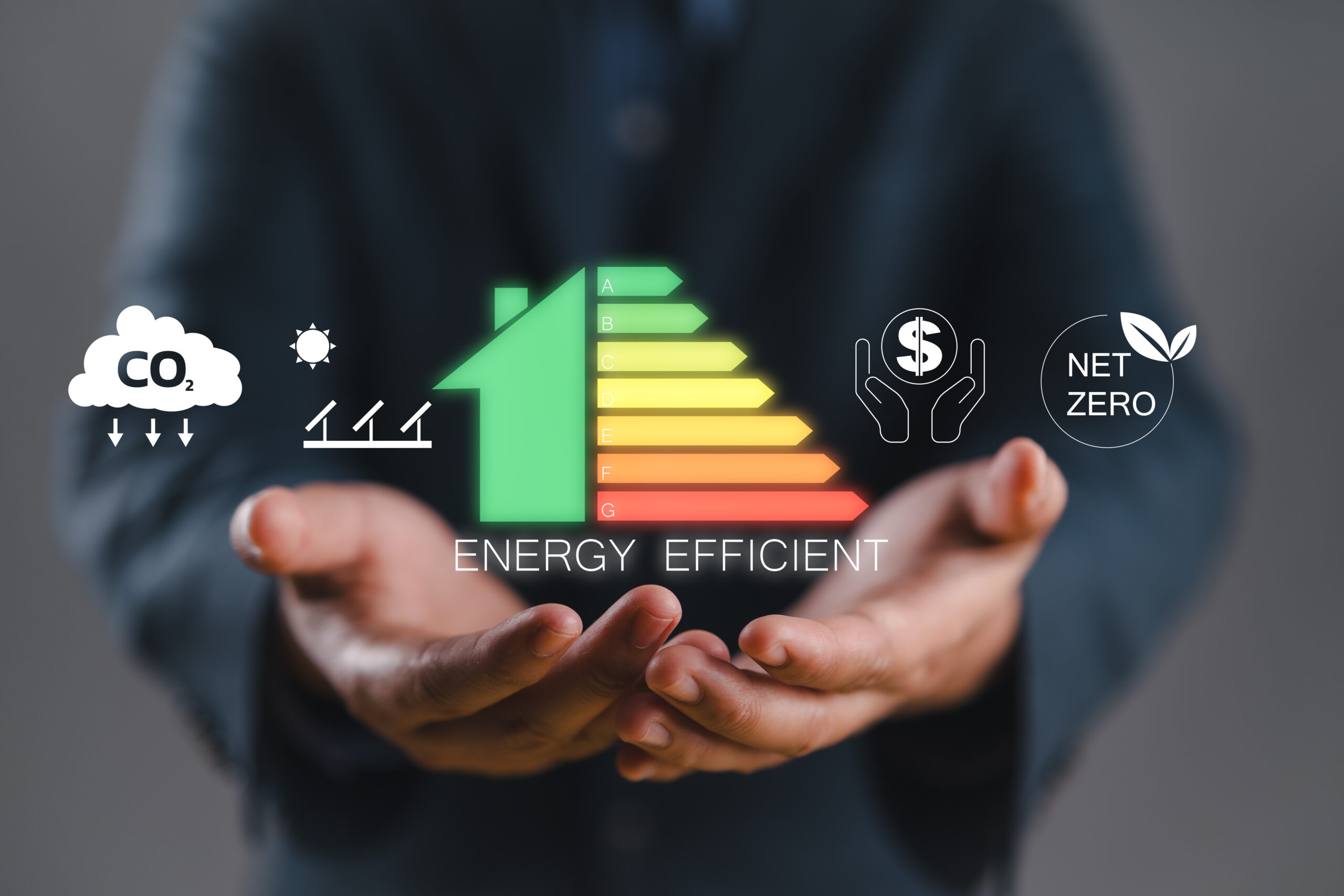Telltale Signs You Need a New Furnace
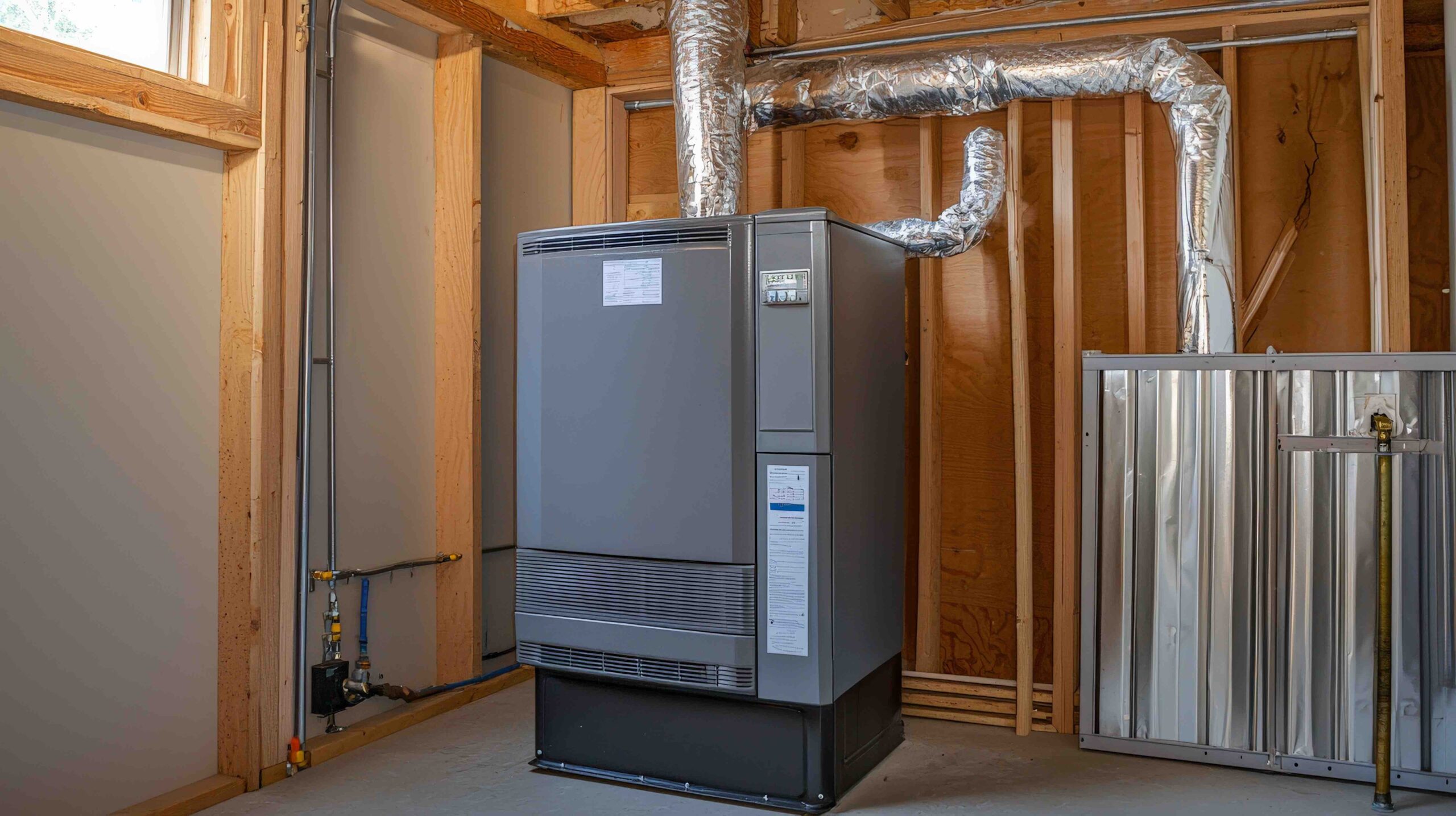
Let’s talk about something we often take for granted until it stops working — your home’s furnace. In this guide, we’ll help you understand the warning signs that suggest your furnace might be on its last legs, plus what you should consider before purchasing a new one.
10 Signs You Need a New Furnace
If your furnace is giving you trouble, it might be time to consider replacing it. Here are ten signs it’s time for a new furnace:
1. Your Furnace Is Getting Old
Generally speaking, the average lifespan of a furnace is 15 to 20 years. If your furnace falls within this age range, it’s time to start planning for a replacement. Older furnaces are not only less efficient, but they also tend to need more frequent repairs. If you’re unsure how old your furnace is, check the serial number or contact the manufacturer to determine its age.
2. Your Energy Bills Keep Rising
Have you noticed your energy bills steadily increasing over the past few months or years? As furnaces age, they lose efficiency and have to work harder to keep your home warm. This increased workload often leads to higher energy consumption, which means higher bills. A newer, more efficient model can save you money in the long run by reducing energy waste.
3. Uneven Heating Throughout Your Home
If some rooms in your house are colder than others, it could mean that your furnace is no longer able to distribute heat evenly. Inconsistent heating is a common issue with aging furnaces, as they struggle to keep up with your home’s heating needs. Replacing your furnace with a newer model can help restore consistent comfort throughout your home.
4. There’s Strange Noises Coming from Your Furnace
A properly functioning furnace should operate quietly. If you start hearing unusual noises like banging, rattling, or squealing, it could be a sign of worn or damaged components. While some issues can be repaired, strange noises may also indicate that your furnace is nearing the end of its life and needs replacement. Don’t ignore these warning sounds, as they can quickly turn into more serious (and costly) issues.
5. Heating Issues are Becoming More Frequent
If your furnace seems to break down often or needs multiple repairs each year, it may be time for a new one. The cost of frequent repairs can add up quickly, and at some point, it makes more sense to invest in a new furnace rather than continuing to fix an unreliable, inefficient one. If you’re calling your HVAC technician more often than you’d like, it’s probably time to consider upgrading.
6. Your Furnace Has a Yellow Flame Instead of Blue
A healthy furnace should have a steady blue flame. If you notice the flame is yellow, it could mean the furnace isn’t burning fuel properly and may be producing carbon monoxide. Carbon monoxide is a colorless, odorless gas that is extremely dangerous. If you notice a yellow flame, contact a professional immediately.
7. There’s Excessive Dust in Your Home
An aging furnace can lose its ability to properly filter the air in your home. This can lead to excessive dust, increased allergies, and dry air that irritates your skin and respiratory system. If you’re noticing more dust, it may be a sign that your furnace is no longer performing how it should.
8. Your Thermostat Can’t Keep Up
As furnaces age, they lose the ability to maintain a consistent temperature. If your thermostat is set to a comfortable temperature, but your home still feels chilly, it might be time to think about a replacement.
9. It’s Becoming Difficult to Start Your Furnace
Modern furnaces should turn on smoothly every time. If you find yourself waiting longer for heat or notice the system trying multiple times to kick on, this isn’t normal. These startup issues often mean essential parts (like the igniter, flame sensor, or control board) are wearing out.
10. You Notice Physical Damage (Rust or Cracks)
Rust, cracks, or other physical damage are all signs that you need a new furnace. Cracks in the heat exchanger, in particular, can be dangerous as they may allow carbon monoxide to leak into your home. If you notice any of these signs, contact a professional to evaluate your furnace and discuss replacement options.
Jack Lehr Heating, Cooling & Electric can help you determine whether it’s time for a replacement and guide you through the process of selecting a new, energy-efficient furnace. Schedule your inspection today to get started!
How Long Do Furnaces Last?
Here’s some good news: a furnace isn’t something you’ll need to replace very often. Most furnaces last for 15 to 20 years, especially if you’ve been good about maintenance. Think of it like a car: the better you take care of it, the longer it’ll last. Learn more about keeping your furnace running longer with our furnace maintenance guide.
How to Choose a New Furnace: Cost, Efficiency & Size Considerations
Average Cost of a New Furnace
The cost of a new hot-air furnace typically ranges from $6,000 to $9,000. Keep in mind that these figures can be higher, as there are a few different factors that affect the overall cost of a new furnace installation:
Brand & Model
Different brands come with different price tags. Premium brands like Trane, Lennox, Carrier and Daikin may cost more than budget options but often provide better warranties and higher efficiency.
Modifications Needed
If your home requires additional modifications—such as upgrading ventilation, adding a new thermostat, or modifying gas lines—these will increase the cost.
Efficiency Rating
A basic efficiency furnace may cost around $6,000 to $7,000, while a high-efficiency model can range from $7,500 to $10,000 or more.
Size & Capacity
Furnaces are measured in British Thermal Units (BTUs). Larger homes require furnaces with higher BTUs, which are more expensive. The cost difference between a small furnace (40,000 BTUs) and a larger one (100,000 BTUs) can range from $500 to $1,500.
Efficiency Ratings, Explained
Modern furnaces are rated by their Annual Fuel Utilization Efficiency (AFUE), which measures how efficiently the furnace converts fuel into heat. Here’s what the ratings mean:
- Minimum efficiency (80% AFUE) This means 80% of the fuel is used for heating, while 20% is wasted. This is the least efficient option currently allowed by most regulations.
- Mid-efficiency (80-85% AFUE) These furnaces are moderately efficient, providing a good balance between cost and performance.
- High-efficiency (90-98.5% AFUE) High-efficiency furnaces are the most efficient models available, ensuring that nearly all of your fuel dollars go directly to heating your home.
Why Choose Jack Lehr for Your Furnace Replacement?
Whether you have questions about furnace efficiency ratings, need help determining the perfect size for your home, or simply want to understand your financing options, Jack Lehr Heating is here to help. Call us today at (610) 596-9967 or schedule a free consultation online.
Questions or need more information?
Contact Us
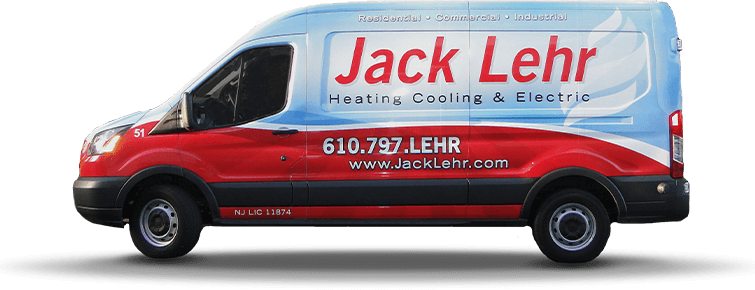
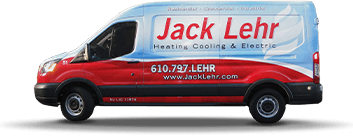
We Treat You Like Family
When you choose Jack Lehr Heating Cooling & Electric, you’ll benefit from our:
When you choose Jack Lehr Heating Cooling & Electric, you’ll benefit from our:
- 50+ years of experience
- Our installation and service guarantees
- Top-of-the-line products
- Respect for your home or business
- Financing options
- And much more!

